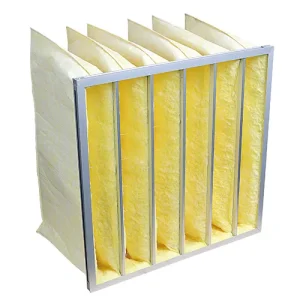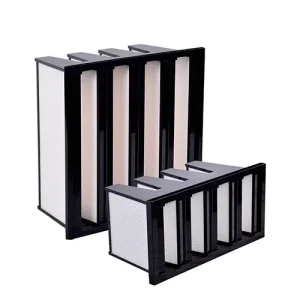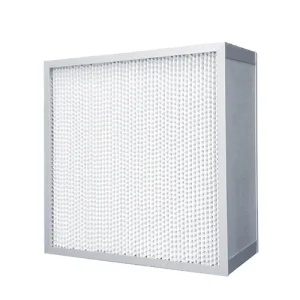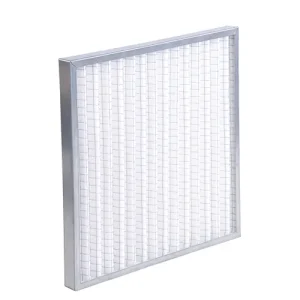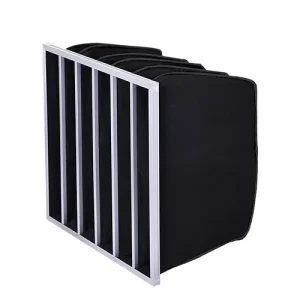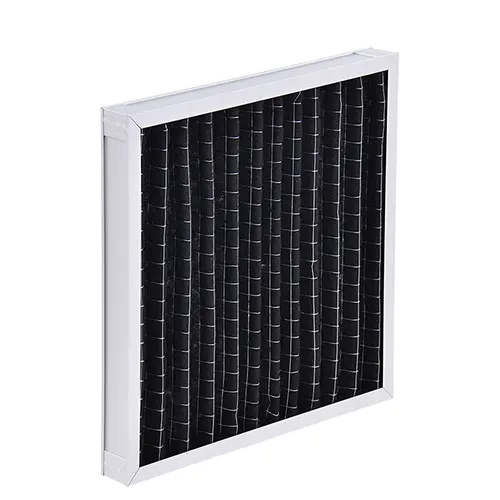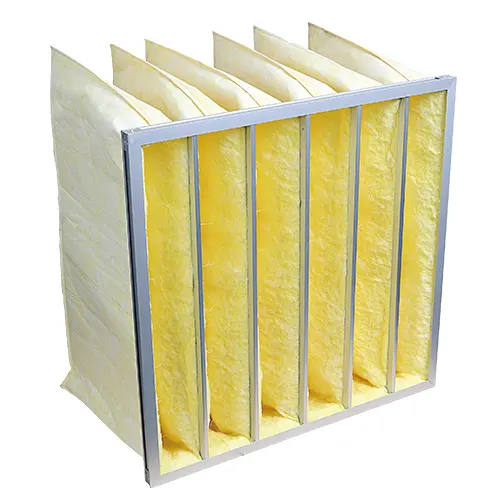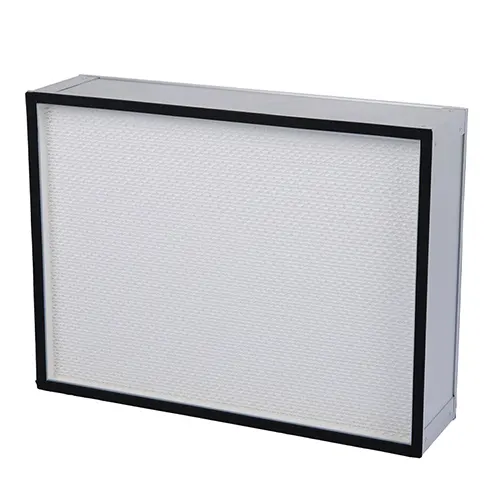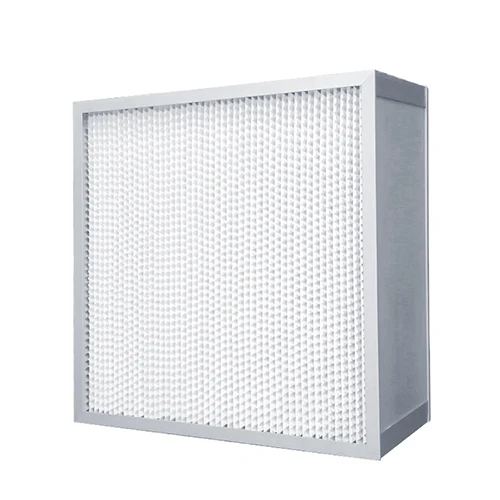The Importance of Air Quality in Schools: How Air Filtration Can Help
Table of Contents:
Section 1: Understanding Air Quality in Educational Settings
Section 2: Impact of Poor Air Quality on Students and Staff
Section 3: Benefits of Air Filtration Systems in Schools
Section 4: Selecting the Right Air Filters for Schools

Air quality in schools is crucial for the health and performance of both students and staff. Poor air quality can lead to various health issues such as allergies, asthma, and respiratory infections, negatively impacting attendance and academic performance. Ensuring clean air in educational settings is essential for creating a healthy and productive environment.
Air filtration systems offer an effective solution to address air quality issues in schools. By removing pollutants such as dust, mold, and volatile organic compounds (VOCs), these systems help maintain a cleaner and healthier indoor atmosphere. Implementing air filtration can significantly improve overall well-being and enhance the learning experience for students.
Understanding Air Quality in Educational Settings
Schools are often susceptible to various indoor air pollutants that can adversely affect the health and performance of students and staff.
Common Indoor Air Pollutants in Schools
Dust and Particulate Matter: These can originate from both indoor and outdoor sources and can trigger allergies and respiratory issues.
Mold and Mildew: Moisture problems can lead to mold growth, which can cause respiratory problems and allergic reactions.
Volatile Organic Compounds (VOCs): Emitted by building materials, cleaning products, and classroom supplies, VOCs can cause headaches, dizziness, and long-term health effects.
Carbon Dioxide (CO2): High levels of CO2, often resulting from inadequate ventilation, can lead to drowsiness and decreased cognitive function.
Pathogens: Bacteria and viruses can spread easily in close-contact environments, leading to illnesses.
Sources of These Pollutants
Several sources contribute to the presence of indoor air pollutants in educational settings:
Building Materials and Furnishings: Items such as paints, carpets, and furniture can emit VOCs over time.
Cleaning Supplies: Many cleaning products release VOCs and other chemicals into the air.
Outdoor Pollution: Pollutants from outside, such as vehicle exhaust and industrial emissions, can enter school buildings through windows and ventilation systems.
HVAC Systems: Poorly maintained heating, ventilation, and air conditioning systems can circulate dust and mold spores throughout the building.
Classroom Activities: Activities like science experiments, art projects, and the use of certain educational materials can release pollutants into the air.

Impact of Poor Air Quality on Students and Staff
Health Effects on Students and Staff
Poor air quality in schools can have serious health effects on students, leading to a range of issues. The staff in educational settings are equally affected by poor air quality.
Allergies: Exposure to dust, mold, and pollen can trigger allergic reactions, causing symptoms like sneezing, itching, and watery eyes.
Asthma: Pollutants such as dust mites, mold spores, and chemical fumes can exacerbate asthma symptoms, leading to increased asthma attacks and hospital visits.
Respiratory Infections: Contaminants in the air, including bacteria and viruses, can cause respiratory infections like bronchitis and pneumonia, resulting in missed school days and long-term health problems.
Academic Performance and Cognitive Function
Air quality directly impacts students’ academic performance and cognitive function.
Poor air quality can cause decreased concentration due to high levels of CO2 and pollutants, leading to drowsiness and difficulty focusing. Studies show it can also result in lower test scores and overall academic achievement.
Additionally, poor air quality can contribute to behavioral issues, making students more irritable and less engaged in their studies.

Benefits of Air Filtration Systems in Schools
Removal of Allergens and Pollutants
Air filtration systems are highly effective at removing common indoor pollutants such as dust, mold spores, pollen, and volatile organic compounds (VOCs).
By capturing these allergens and contaminants, they create a cleaner and healthier indoor environment, reducing the risk of allergies and respiratory issues among students and staff.
Reduction of Illness and Absenteeism
With cleaner air, the spread of airborne diseases is significantly reduced.
Air filtration systems help to minimize the presence of bacteria and viruses, leading to fewer illnesses and lower absenteeism rates for both students and staff.
Improved Cognitive Function and Academic Performance
Studies have shown that improved air quality can enhance cognitive function and academic performance.
By reducing levels of CO2 and other pollutants, air filtration systems help prevent drowsiness and difficulty concentrating, enabling students to perform better in their studies.
Enhanced Overall Well-being of Students and Staff
A healthy indoor environment contributes to the overall well-being of everyone in the school. Clean air improves mood, reduces stress, and enhances comfort, creating a more positive atmosphere for learning and teaching.
Air Filters for Schools
Different types of air filters serve different purposes in an air filtration system.
Implementing Air Filtration Systems in Schools
Assessing the Current Air Quality
The first step in implementing air filtration systems in schools is to assess the current air quality. This involves conducting air quality tests to identify the types and levels of pollutants present, such as dust, mold, VOCs, and CO2.
Understanding the specific air quality challenges in your school helps in selecting the most effective filtration solutions.
Choosing the Right Air Filtration System
Once you have assessed the air quality, the next step is to choose the right air filtration system. Consider the specific needs of your school, such as the size of the classrooms, the types of pollutants identified, and the existing ventilation systems.
Selecting a system that addresses your specific air quality issues ensures optimal effectiveness. Consult a filter professional for more filtration advice.
Installation and Maintenance Considerations
Proper installation of air filtration systems is crucial for their effectiveness, ensuring they are integrated with existing HVAC systems according to manufacturer guidelines.
Regular maintenance, including routine inspections, cleaning, and timely replacement of filters, is essential to keep the systems functioning efficiently and to maintain optimal air quality.
Conclusion
Good air quality is essential for creating a healthy and productive learning environment in schools. Air filtration systems play a crucial role in removing pollutants, reducing illnesses, and enhancing academic performance.
Investing in these systems is a proactive step towards ensuring the well-being and success of students and staff. Consider implementing air filtration in your school to reap the benefits of a cleaner, healthier educational environment.

